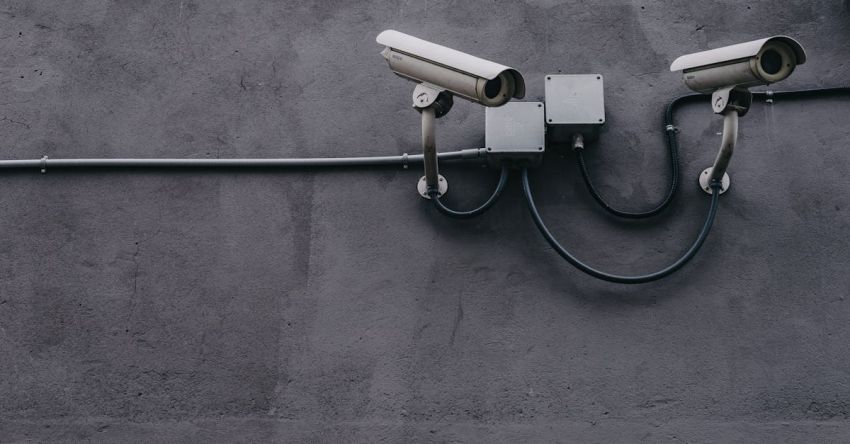What Are the Tools for Monitoring Microservices Performance

Monitoring the performance of microservices is crucial for ensuring efficient operations in today’s complex and dynamic software environments. As microservices architecture continues to gain popularity due to its flexibility and scalability, it becomes increasingly important to have the right tools in place to monitor and analyze the performance of these distributed systems. In this article, we will explore some of the key tools and techniques used for monitoring microservices performance.
**Prometheus**
Prometheus is a popular open-source monitoring and alerting toolkit that is widely used for monitoring microservices architectures. It collects metrics from various targets, stores them in a time-series database, and provides a powerful query language to analyze the data. Prometheus integrates well with containerized environments and supports service discovery, making it an ideal choice for monitoring dynamic microservices deployments.
**Grafana**
Grafana is a visualization tool that works seamlessly with Prometheus and other data sources to create insightful dashboards for monitoring microservices performance. With Grafana, you can create customizable dashboards that display real-time metrics and trends, helping you visualize the health and performance of your microservices at a glance. Grafana also supports alerting, making it easier to set up notifications for any performance issues that may arise.
**Jaeger**
Jaeger is an open-source distributed tracing system that is essential for monitoring the interactions between microservices in a complex system. By capturing and visualizing traces of requests as they travel through different services, Jaeger provides insights into the latency and dependencies of microservices, helping you identify performance bottlenecks and optimize the overall system performance. Jaeger’s integration with other monitoring tools makes it a valuable asset for monitoring microservices architectures.
**Zipkin**
Zipkin is another distributed tracing system that helps monitor and troubleshoot microservices-based systems. It provides a user-friendly interface for visualizing traces and analyzing performance bottlenecks across services. With Zipkin, you can track the flow of requests through your microservices architecture and gain valuable insights into service dependencies and latency issues. Zipkin’s integration with various programming languages and frameworks makes it a versatile tool for monitoring microservices performance.
**ELK Stack**
The ELK stack, which consists of Elasticsearch, Logstash, and Kibana, is a powerful combination of tools for monitoring and analyzing log data generated by microservices. Elasticsearch is a distributed search and analytics engine that stores and indexes log data, while Logstash is a data processing pipeline that ingests and transforms logs before sending them to Elasticsearch. Kibana provides a user-friendly interface for visualizing and exploring log data, making it easier to troubleshoot performance issues and monitor the health of microservices in real-time.
**Conclusion: Enhancing Microservices Performance Monitoring**
In conclusion, monitoring the performance of microservices requires a comprehensive set of tools that can collect, analyze, and visualize metrics and traces across distributed systems. By utilizing tools like Prometheus, Grafana, Jaeger, Zipkin, and the ELK stack, organizations can gain valuable insights into the health and performance of their microservices architectures, identify bottlenecks, and optimize system performance. Implementing a robust monitoring strategy with the right tools will not only improve the reliability and efficiency of microservices but also help organizations deliver better user experiences and drive business success in today’s competitive market.